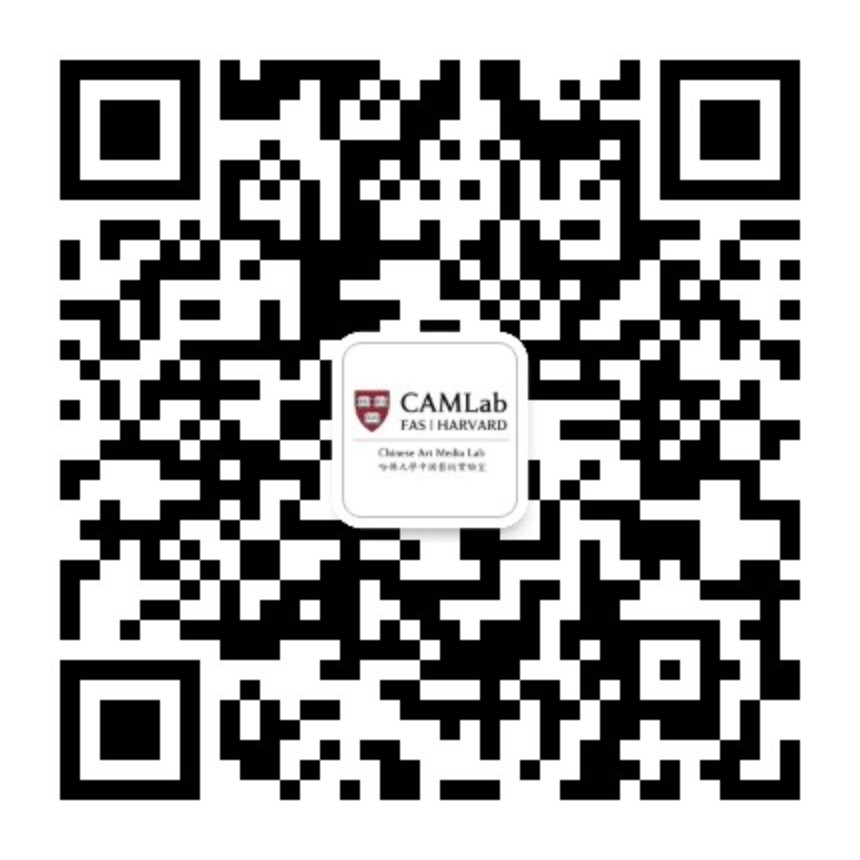Far more than a spatial enclosure, a Buddhist temple was deemed in medieval Asia to be a total representation of the cosmos, a symbolic complex of the body, a living organism, a utopia—a microcosm sufficient unto itself.
Mining the intersections of humanistic research and new media technology, CAMLab explores a series of Buddhist temples as case studies that unveil the deeper logic of image making and spatial narratives in Chinese art and architecture.
Shanxi Province is celebrated as the “Treasure House of Ancient Chinese Architecture,” a jewel in the crown of global architectural heritage. Yet, due to their immovable nature, these invaluable heritage sites have long faced challenges in reaching a public audience.
KAIHUA MONASTERY
Nestled into the southern foothills of the Sheli Mountain in China’s Shanxi province, Kaihua Monastery (c.1073/1092–96) was once a large complex of structures. However, today only one building still stands: its main Buddha hall, The Treasure Hall of the Great Hero [Mahāvīra] (in Chinese, Daxiongbaodian). With an interior rich in pictorial iconographies, this Buddha Hall’s visual program transformed it into a virtual theater by embedding both temporal and spatial transformations within its representations. By unpacking the artistic and religious underpinnings of the temple’s visual program, CAMLab stages a virtual experience of the temple’s transformative process, through which an array of semiotic and sensorial media reconstruct—and facilitate—the transcendence of embodiment.
QINGLONG MONASTERY
Resounding chanting and ritual weaponry, wafting scents of incense that communicate with the invisible, candles’ flickering light and shadows that animate wall murals—The Water-Land Ritual (shuilu fahui) is a multisensory Buddhist rite performed for the universal salvation of all sentient beings. A visual aid to this ritual, Water-Land Paintings (Shuiluhua) were often painted on hanging scrolls or as murals in Buddhist halls. Created during the Yuan dynasty (1271–1368), paintings of the middle hall of Qinglong Monastery in Shanxi province are the earliest surviving examples of Water-Land murals. With a rigorous composition and a lively style, they offer a rare opportunity to observe the form of early Water-Land paintings. In this project, CAMLab guides audiences to read Qinglong Monastery’s vibrant visual program as we unfold a multisensory ritual.
NANCHAN MONASTERY
Originally built during the Tang Dynasty, Nanchan Monastery in Shanxi’s Dai County (山西代县南禅寺) houses a main hall dating to 782 AD—one of China’s oldest intact wooden structures. Though modest in appearance, its design epitomizes the essential characteristics of early Tang architecture. A landmark in religious art and architectural history, the monastery provides critical insights into construction techniques, meditative space design, and the continuity of architectural traditions.
FOGUANG MONASTERY
The East Hall of Foguang Monastery stands among China’s most significant surviving representatives of Tang wooden architecture. Renowned for its harmonious proportions, intricate bracket systems, and masterful craftsmanship, it embodies the highest achievement of Tang architectural art—where structural innovation, sculptural refinement, and spiritual narratives converge. Its significance spans multiple disciplines, from architectural and art history to religious studies, offering invaluable insights into China’s cultural heritage.
“Nanchan · Foguang Monastery” Project
Harvard FAS CAMLab and the Shanxi Academy of Ancient Building and Painted Sculpture & Fresco Preservation initiated a collaborative effort in December 2024.
The joint project, “Nanchan Monastery and Foguang Monastery Project,” focuses on advancing the digital preservation and artistic presentation of Shanxi’s ancient architecture. Drawing on CAMLab’s expertise in academic research and creative production, the project seeks to offer global audiences immersive and innovative experiences that reveal the historical depth and cultural significance of Tang Dynasty Buddhist art and architecture.
Through cutting-edge techniques—including high-fidelity 3D modeling, spatial reconstruction, data integration, immersive digital experiences, and multimedia exhibitions—the public will be able to “step inside” the millennia-old structure and engage with its architectural and spiritual legacy in dynamic, multidimensional displays like never before.
Moving forward, beyond digital projects, Harvard FAS CAMLab will work on academic initiatives, including international conferences, lectures, field studies, and bilingual publications. These efforts will create multidimensional platforms for scholars and the public to fully appreciate the splendor and cultural depth of China’s architectural heritage.






